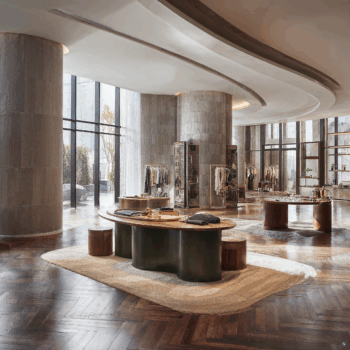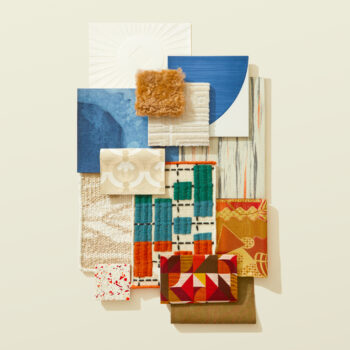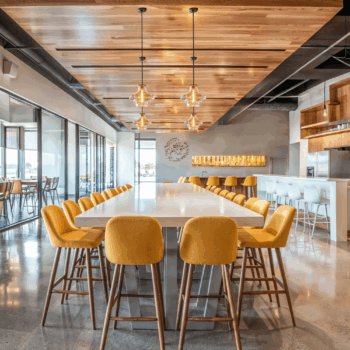
Tuscan design reflects the soulful warmth of rural Italy, where architecture and interiors celebrate age, texture, and tradition. Drawing from the landscape of Tuscany—with its rolling hills, stone farmhouses, and terracotta rooftops—this style emphasizes natural materials, earthy palettes, and handcrafted details. Thick stone walls, exposed wood beams, and antique finishes offer a sense of permanence, while arched doorways, iron lanterns, and vineyard-inspired motifs lend historic richness. Whether in modern homes or historic restorations, Tuscan design invites a sense of relaxed elegance and enduring beauty.
The Core Principles of Tuscan Design
1.) Timeless Materials & Textures
Stone, terracotta, wood, and wrought iron form the foundation of Tuscan spaces, creating a warm, organic atmosphere rooted in natural beauty.
2.) Warm, Earthy Palettes
Colors reflect the sun-soaked Tuscan landscape—ochres, siennas, olive greens, and warm neutrals that age gracefully and evoke a sense of place.
3.) Rustic Craftsmanship
From hand-carved doors to artisanal tilework, Tuscan design celebrates the imperfect beauty of traditional techniques and natural finishes.
4.) Architectural Heritage
Arched entryways, textured plaster walls, and timber ceiling beams highlight the influence of classic Tuscan architecture in both form and detail.
5.) Indoor-Outdoor Harmony
Terraces, porticos, and large windows blur boundaries between interior spaces and the surrounding landscape, welcoming light, breeze, and views of nature.
Tuscan Design in Practice
Restorative Healthcare Settings
Healthcare environments take on a calming tone with stone surfaces and warm neutral palettes, fostering comfort and wellness.
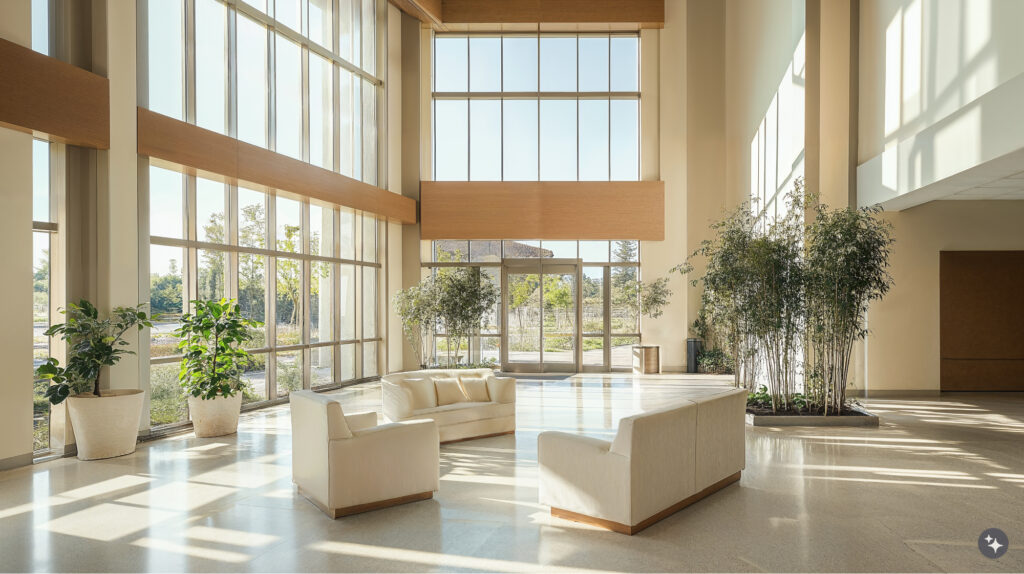
Workspaces with Old-World Warmth
Tuscan elements like wood floors, arched window details, and textured walls create grounding, inspirational environments ideal for creativity and focus.
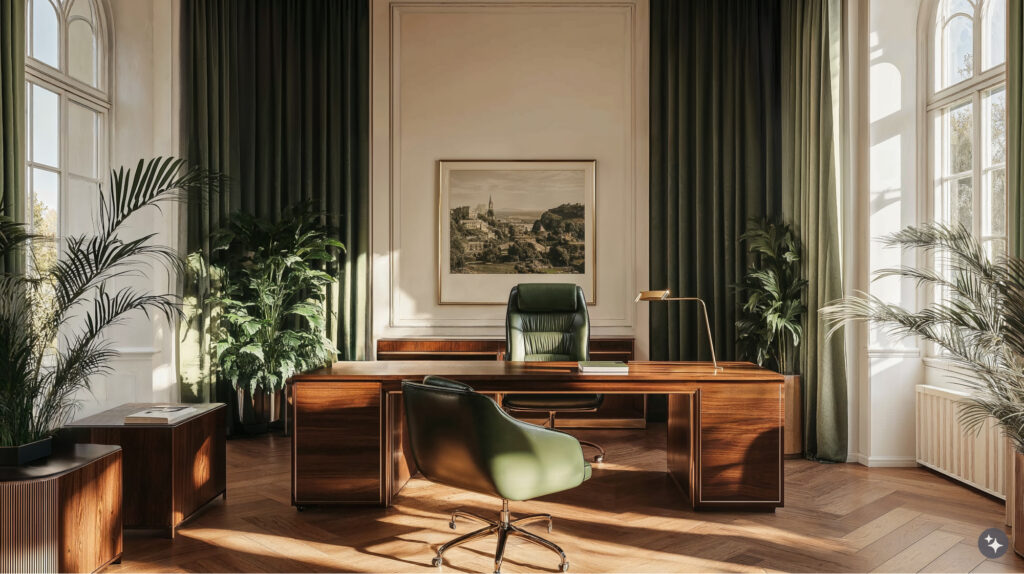
Educational Spaces with Cultural Depth
University art galleries and learning environments benefit from natural light, earthen tones, and architectural integrity, offering spaces that feel enriching and rooted in history.
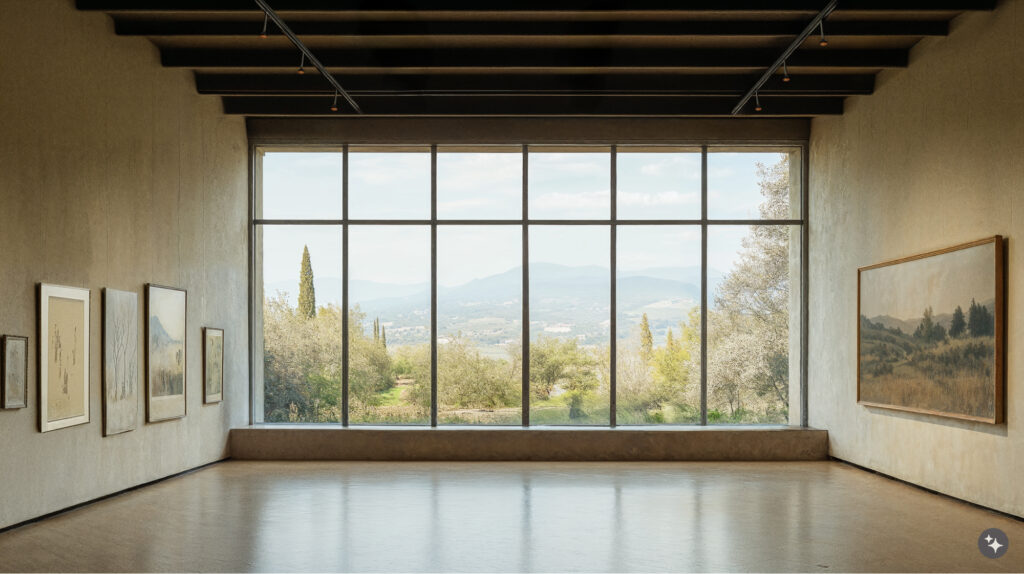
Hospitable Villa-Style Retreats
Wineries shine with terracotta tiles, antique wood furniture, and sunlit courtyards, offering guests an immersive sense of place.
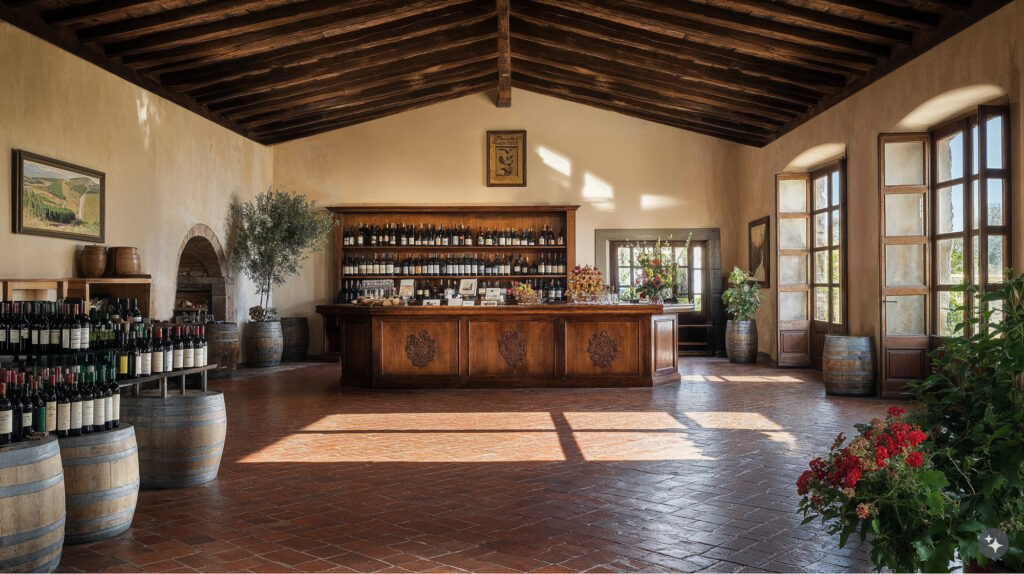
Cultural Institutions with Historic Influence
Basilicas reflect Tuscan tradition through arched thresholds, aged finishes, and classic proportions, elevating the experience of art and heritage.
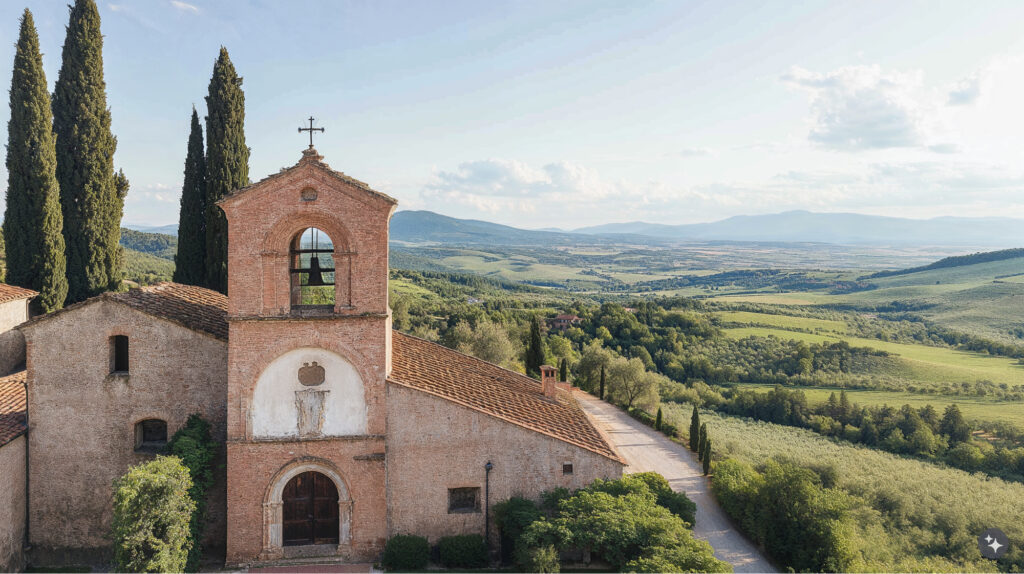
Retail Environments with Textural Richness
Shoe stores draw on dark wood flooring, plaster finishes, and glass shelving, providing tactile warmth and a sense of artisanal authenticity.
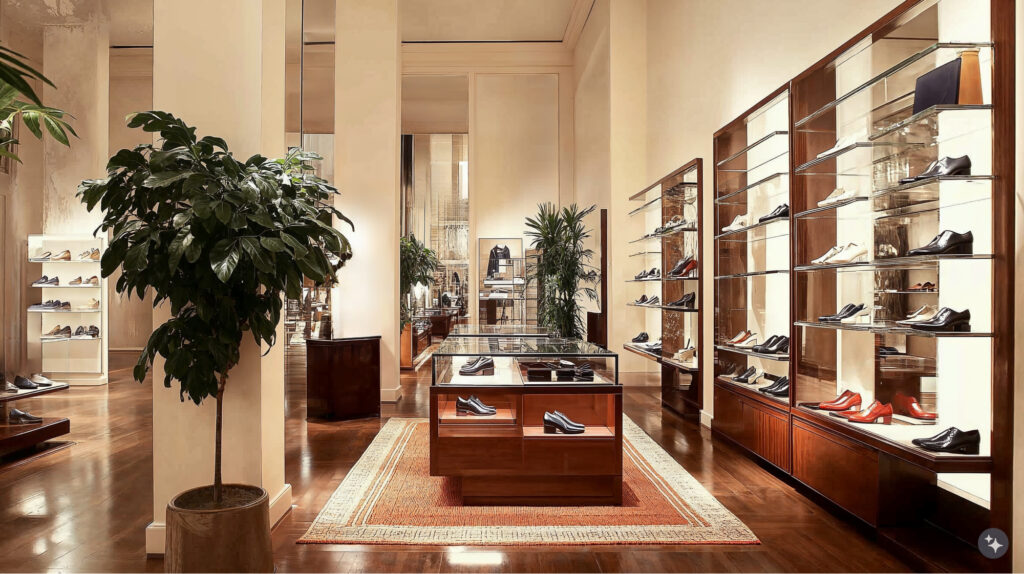
Transportation Spaces with Lasting Beauty
Tuscan-inspired transit hubs and ports incorporate natural materials and open-air elements, bringing calm and character to bustling environments.
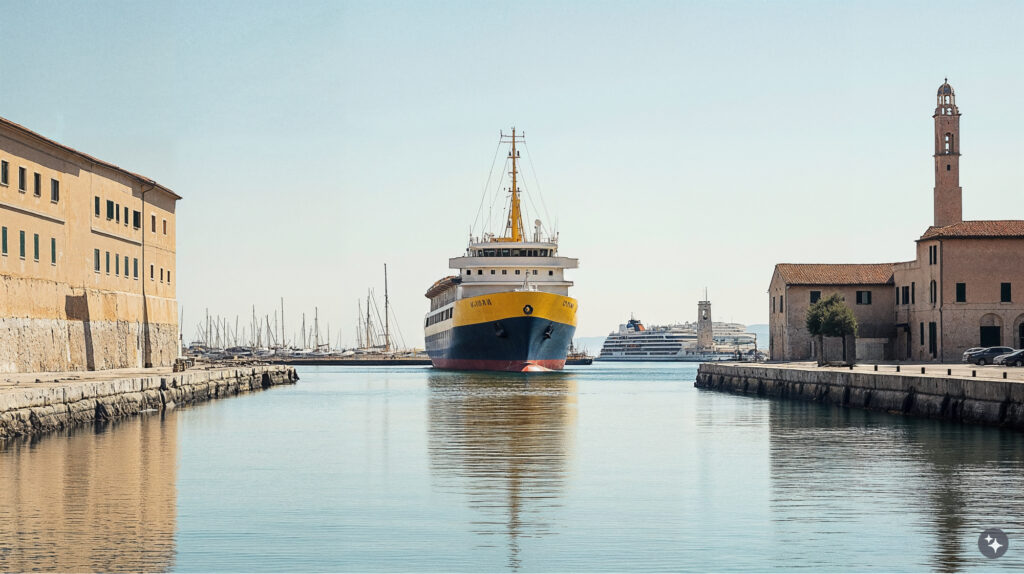
Mixed-Use Developments with Mediterranean Flair
Buildings combine stone-clad storefronts with residential living above, featuring balconies and textured exteriors that echo Tuscan with a modern touch.
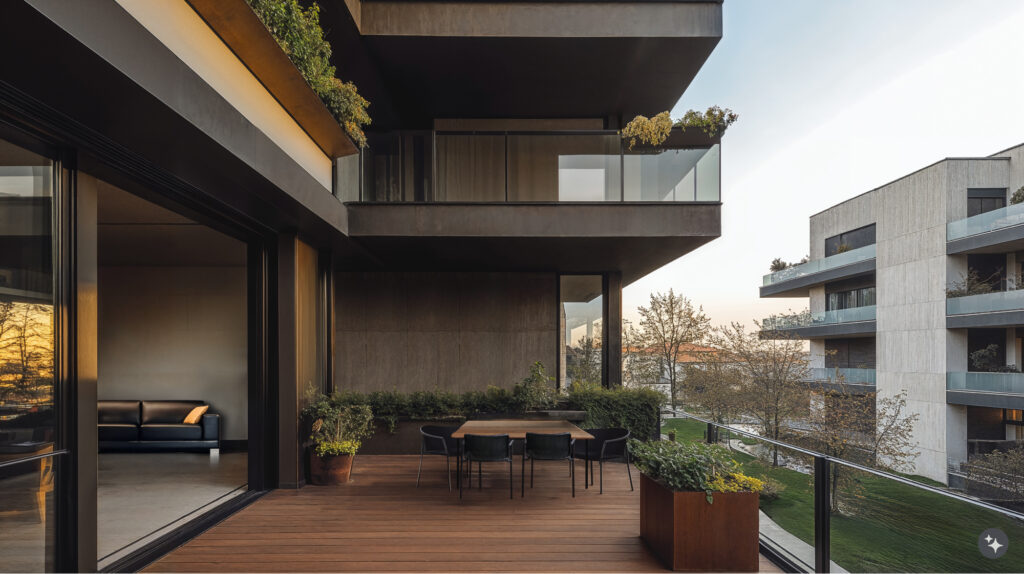
Residential Interiors with Rustic Sophistication
Homes reflect the heart of Tuscan design through layered textures, handcrafted furnishings, and open-floor plans that invite gathering and grounded living.
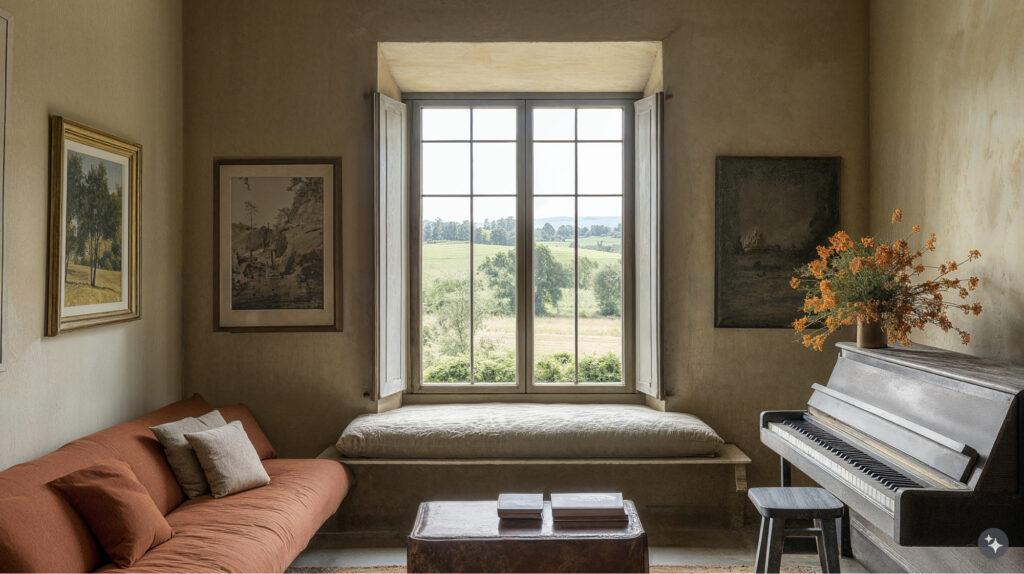
Tuscan design offers more than aesthetic—it’s a way of living that honors craft, comfort, and connection to place. Through aged materials, natural palettes, and architectural authenticity, this timeless style continues to influence interiors that feel both grounded and gracefully lived in.
If you love Tuscan design, explore our article on Mediterranean Foyers—where warm tones and timeless details create a welcoming first impression.





